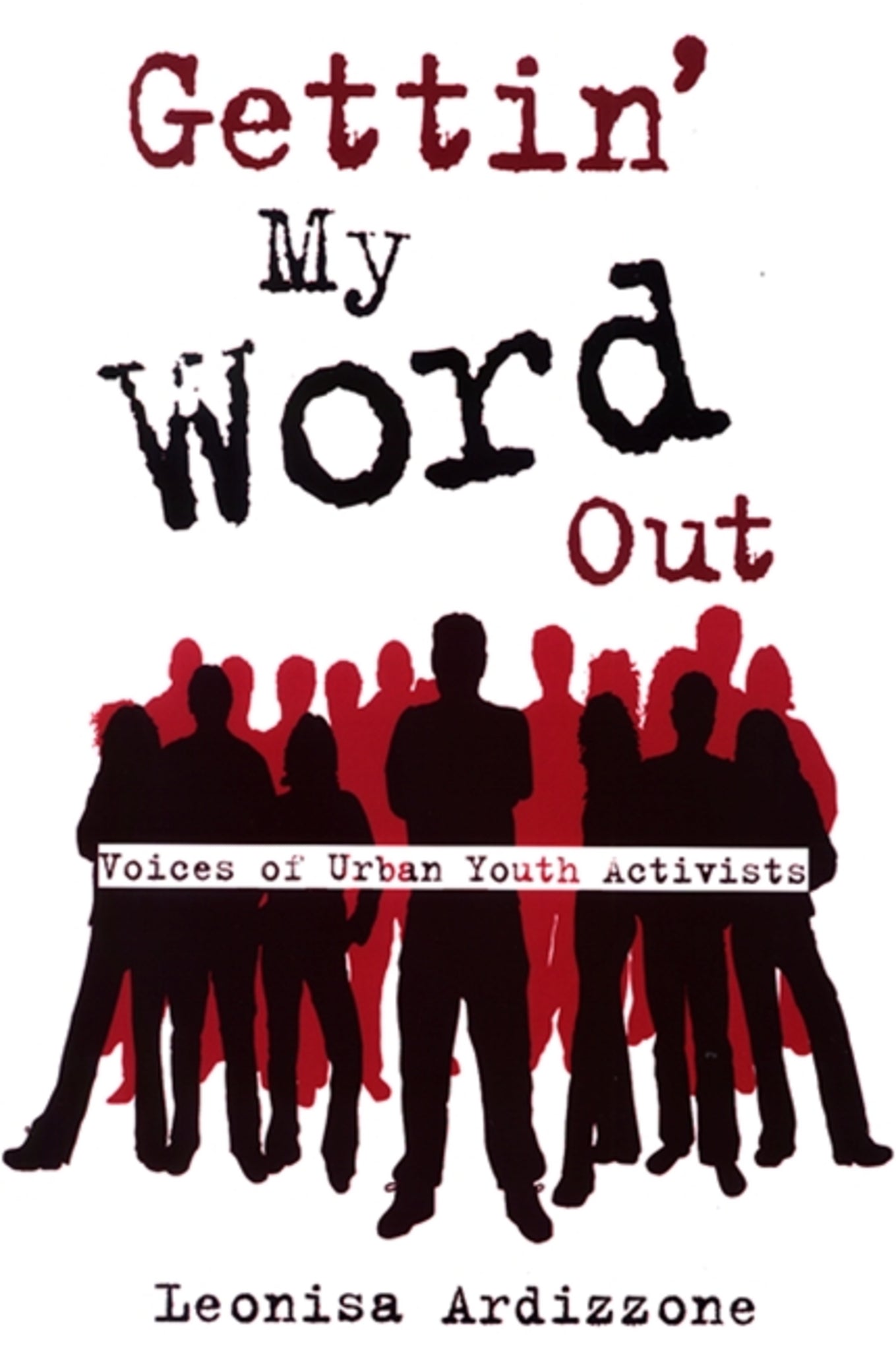We're sorry. An error has occurred
Please cancel or retry.
Gettin' My Word Out

Some error occured while loading the Quick View. Please close the Quick View and try reloading the page.
Couldn't load pickup availability
- Format:
-
09 August 2007

Addresses the social, educational, and political implications of youth activism, especially peace activism.
At a time when many adults criticize young people as being self-absorbed and apolitical, this book demonstrates, through research conducted with inner-city youth activists, the inaccuracy of this judgment. Working through nonformal activist organizations, Leonisa Ardizzone examines how youth activists respond to injustice, counteract violence, practice social responsibility, and form collaborative networks of individuals and organizations. These peace-builders embody the core values of peace education. They and their nonformal activist organizations model practices and methods that, if applied to formal education, would not only create more humane learning experiences for all, but would also reconfirm education as a catalyst and framework for personal and social transformation.


"Gettin' My Word Out addresses an important topic that has not been addressed in many others books. I particularly liked the inclusion of student voices throughout the text. There is relatively little scholarly work devoted to youth activism despite the fact that there is considerable interest in this topic." — Pedro Noguera, coeditor of Beyond Resistance! Youth Activism and Community Change: New Democratic Possibilities for Practice and Policy for America's Youth
Preface: What Is Peace Education?
Acknowledgments
1. Defining Violence—Defining Peace
2. Sites of Youth Activism: Operating on the Periphery
3. Why Youth Become Activists: Critical Experience and Finding Voice
4. Motivations to Activism: Desire to Broaden One’s Horizons and Practice Social Responsibility
5. Refuting Conceptions of Youth Violence
6. Youth Activism Transforms Activists
7. Finding Voice through the Arts
8. Transforming Education
Appendix I: Sample Selection and Demographics
Appendix II
Notes
Index



